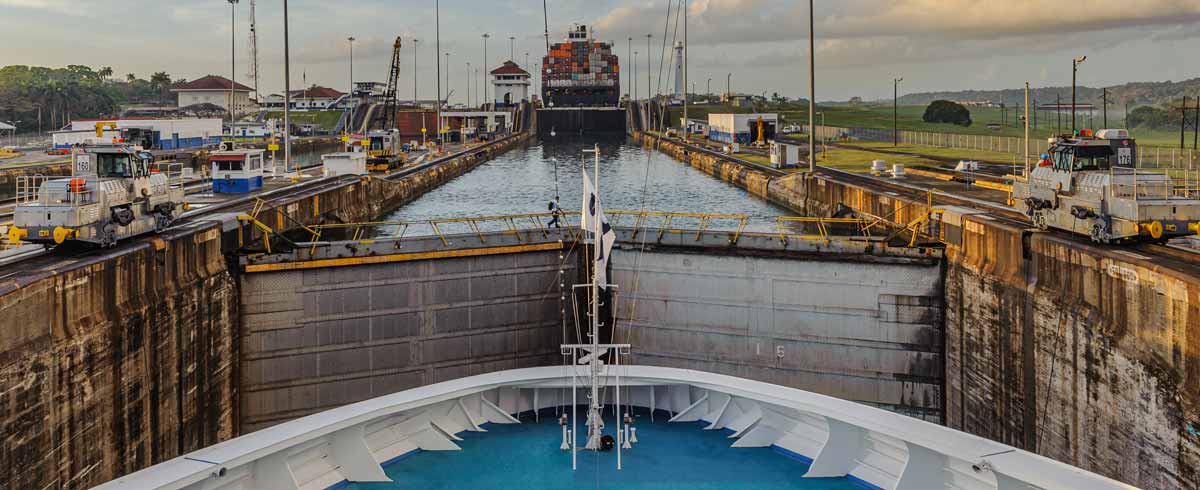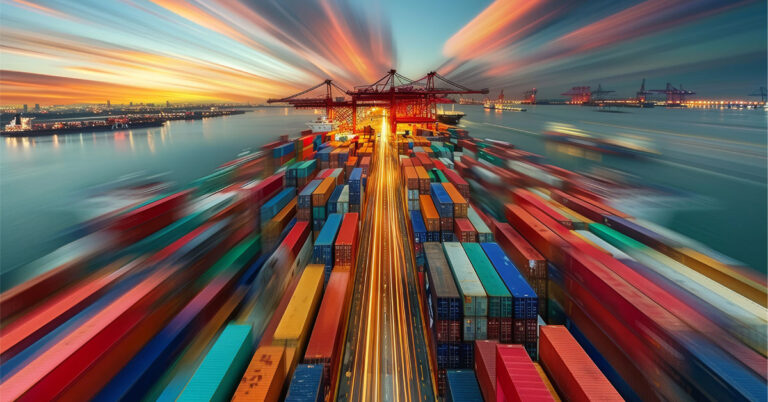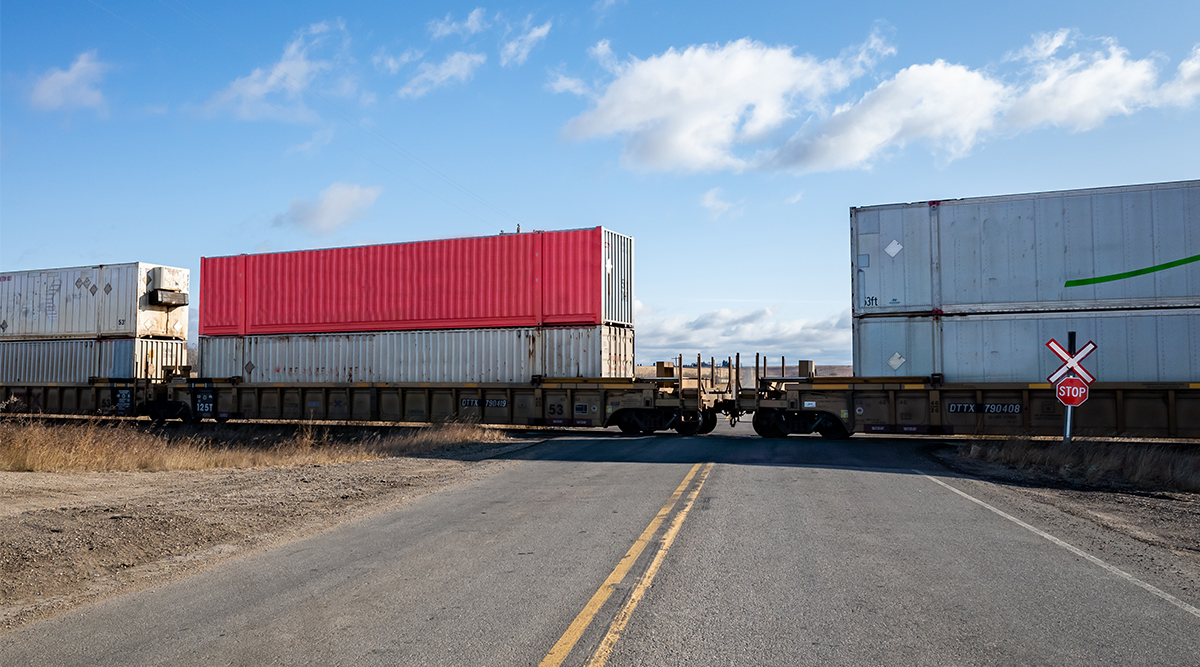Panama Canal Turns From Trade Catalyst to Chokepoint
December 5, 2023, 4:00PM
Ruth Liao
Bloomberg
The Panama Canal continues to face tonnage restrictions and a decrease in the number of daily transits, resulting in delays, prompting vessels to choose between paying hefty fees to expedite their passage or taking longer routes around South America, Africa, or through the Suez Canal.
These ongoing challenges at the Panama Canal are largely attributed to climate change, and the resulting drought has caused reduced water levels in a nearby lake, affecting the depth management for cargo ships passing through the canal’s locks.
Hapag-Lloyd, a major container carrier, has even implemented a “live ticker” to showcase the rerouting of its ships. The reduction in canal transits is impacting global trade, causing inflationary pressures and challenges for central bankers. The IMF’s PortWatch congestion monitor indicates a one-third decline in daily transits since August, with projections suggesting a further decrease to 18 daily crossings by February.
The situation is expected to worsen during Panama’s upcoming dry season from December to April or May. According to Clarksons Research, transit restrictions may persist until the second half of 2024 or later, exacerbating the canal-related chokepoint.
Our approach to mitigating risk during supply chain disruptions
“Industry insight expects this situation to deteriorate further in early 2024, resulting in further canal delays, routing changes, potential port congestion, and longer transit times to the East Coast.
We’ve also been proactively helping our customers limit some of these supply line impacts by sourcing alternate routes like going through the North American West Coast before railing to the East Coast, getting on special sailings around the Cape of Good Hope, or routing through the Suez Canal to the appropriate East Coast port.
While there may be some pricing impacts due to these supply chain restraints, being active with customized solutions for our supply lines will minimize the risks of delays and help avoid other increased costs we typically see for our customers during supply chain disruptions.”
-Russ Romine, VP International Transportation
Learn more from the original article at Bloomberg
-
Tariff Update: Where things are heading next
The buzz around tariffs has settled down over the last few weeks. Progress is being made in many areas, so the purpose of today’s post is...
+ Read more -
Successful 3PL-Customer Relationship – 6 Cornerstones
Hiring a third-party logistics (3PL) provider is a strategic approach for businesses to increase their capacity without expanding their...
+ Read more -
Canadian Rail Strike? – What We Know So Far
On May 1st, CN (Canadian National Railway) and CPKC (Canadian Pacific Kansas City) rail workers voted overwhelmingly to authorize a strike...
+ Read more




